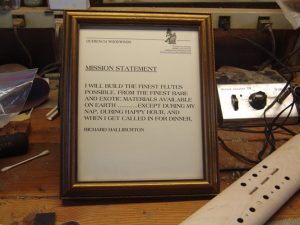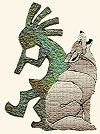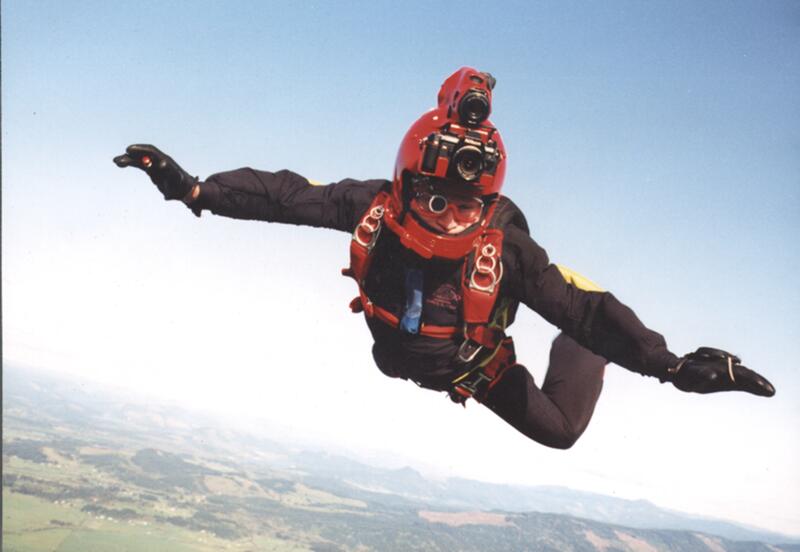 Play from the heart; the flute is a heart song…
Play from the heart; the flute is a heart song…
like a sweet prayer, and it will teach you as well
as you teach yourself.
–Mato Wambli
Back in February I introduced my readers, both of you, to a flute maker who I found to possess some pretty remarkable talent in this field. At the time, I indicated I would rather collaborate than compete with him. What is it, almost July now? Five months. How’s that for just crashing ahead with reckless abandon. Anyway, as a result, I just posted one of his condor flutes to my website. He’s priced this flute very reasonably, considering its gorgeous voice, and the time invested in the build. The folks over at the flutecase store are pretty impressed with Mr. Jones too, so I stole a brief bio from them to paste here for either one of you that might be interested. As follows….. “Greg is a retired railroad conductor. He’s been a Hang glider pilot; a skydiver; BASE jumper; an avid fly fisherman and fly tyer; a martial art Master with two published books; and holds the Guinness World record for the highest bungee jump in the world (12,000 ft. affixed to another skydiver). He’s been a freefall video/photographer for many years and called his business “Wingshadow”. This name was chosen for his signature act of briefly painting the jumpers and customers with his shadow in freefall, and under canopy with his own parachute. He now calls his flute venture “Wingshadow”. He says, “I extended the name to flute making, because we all stand in the shadow of someone else’s wings; the people who had greatest influence in our lives, the people who taught us our greatest lessons, and the people who loom largest in our hearts.” He says, “The flutes are the living shadows of the flute makers themselves. Though they appear to be inanimate, dead objects, we breathe life into them and tap out the heartbeats with out fingers, guided by a common spirit.” “So, in essence, the flute itself becomes a vocal shadow of our own soul.” ……I personally find Greg a fascinating individual, mostly because I rarely understand fully what he’s talking about. Nevertheless, he can build flutes.
On another note… I just found out you can click on these blog pictures, and they get larger. Wow. Who knew? Nobody ever sent me a pamphlet or anything when I set up the blog. I like pamphlets.
On a closing note, I was recently talking with a few seasoned, well respected luminaries in the flute world, both recording artists and builders. In discussing how to make ends meet, put food on the table, and keep gas in the pickup, all echoed variations on the same theme. Too many producers, and not enough consumers. There are but a handful of folks who play this instrument for a living who know ANYTHING about music theory, and are classically trained in one instrument or another. Their skill is evident in their work, but this instrument is so easy to play, it has drawn hundreds of novice enthusiasts out from under that tree in the backyard, and into the ill conceived belief that they are SO GOOD, they need to cut a CD. A Google search of Native American flute music, will yield 283,000 web pages, and a great number of them, belong to just these folks. Those few artists with talent, passion and knowledge of fundamental theory, are being trampled by anybody with a flute and recording software. Likewise, the flute builders with any skill, history and following, face the same challenges, but on a smaller scale. A few excellent builders have assembled their valuable trial and error knowledge, into books and instructional videos. Some do it for profit; some do it as a public service. This is a fairly recent phenomenon, and has given birth to an explosion of flute peddlers. What they share in common in addition to their new how-to books, is a lack of originality, skill, creativity, and nuances that can only come from trial and error, and time. My own flute building was kick started with the help of instructional information, specifically from Don and Dave Rivaldo at Flutemaking.com, and I used the information necessary to coax a stick into making some noise. Once I got noise, I did not run out and try and sell my noisemaker. I began experimenting until a couple of years later I could build an instrument I could truly call my own.
The Native American flute community, to include builders, performers, enthusiasts, collectors, and supporters, is very, VERY small. I think my whole point in this rant, boils down to a request that as a consumer, you support those artisans who have truly dedicated substantial time and energy into fine tuning their building or playing skills. They’ve earned it, and done so on many levels ….On the other hand, If you have any money left, consider purchasing my flutes too. Ok then.


spoken well.